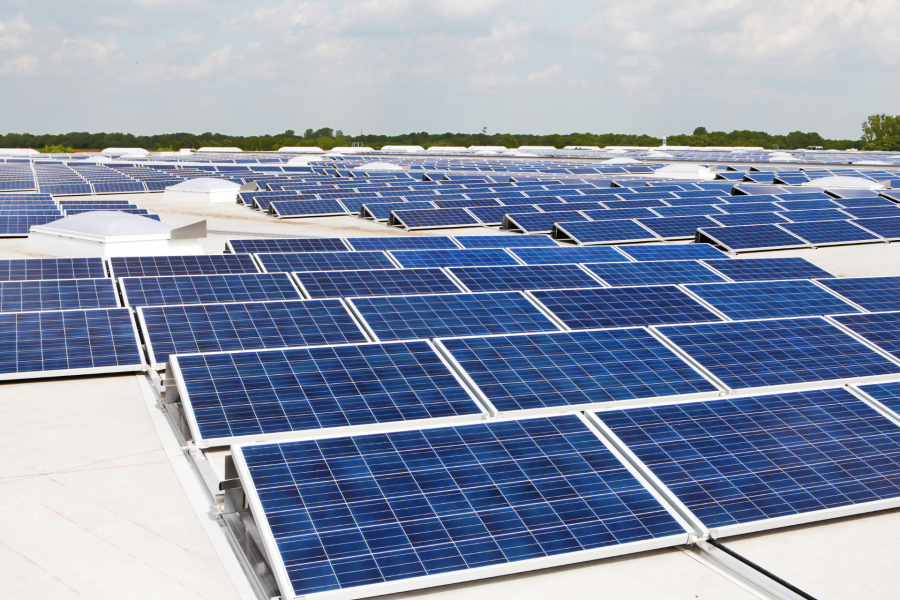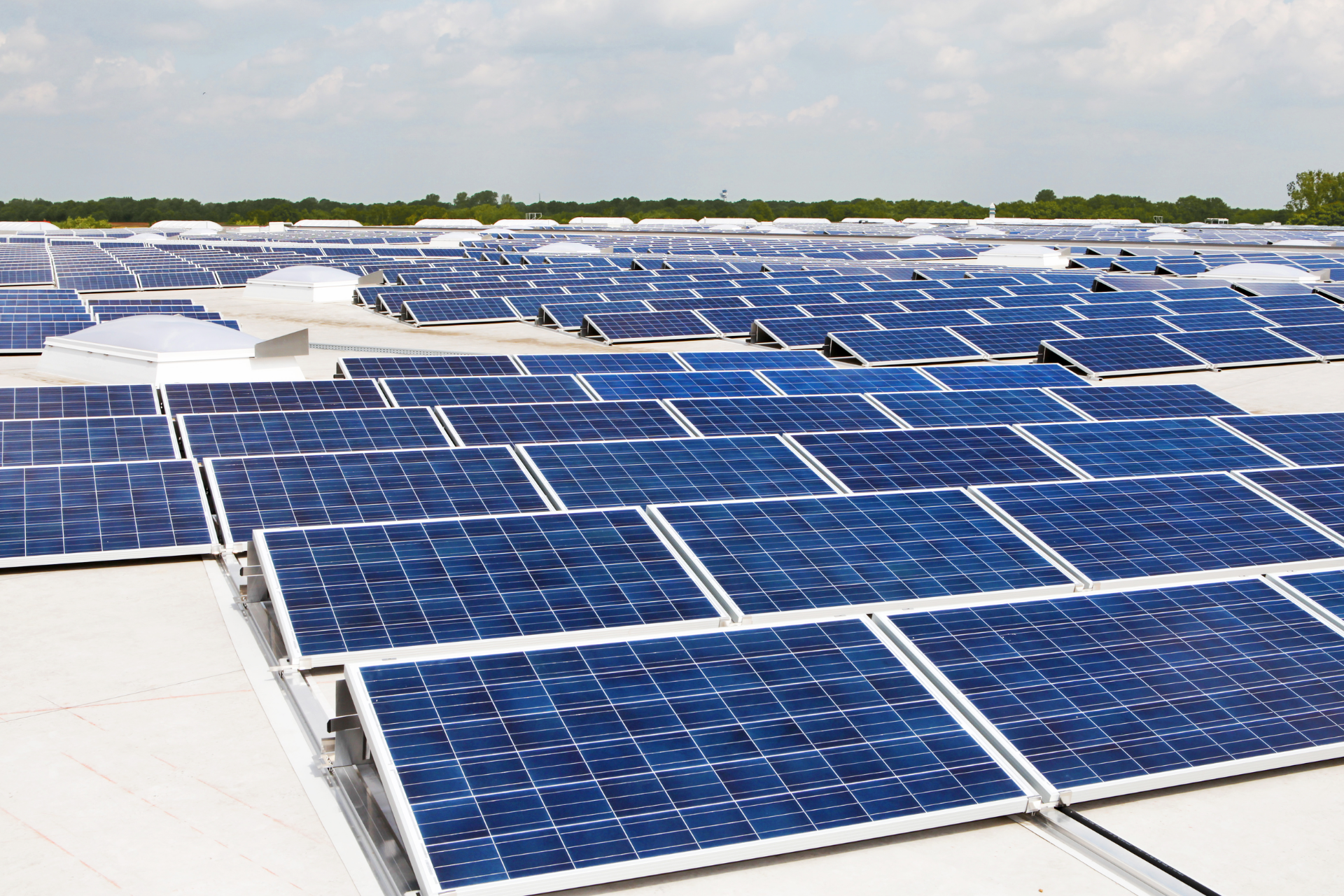
Want to go off the grid? These are your solar power financing options
Western Cape Premier Alan Winde hosted the 10th Energy Digicon and looked at financing options for households interested in turning to solar power. With the country stuck in stage 6 blackouts and as load shedding records keep tumbling, South Africans are at their wits end. Many people are seriously considering their options to free themselves […]

Western Cape Premier Alan Winde hosted the 10th Energy Digicon and looked at financing options for households interested in turning to solar power.
With the country stuck in stage 6 blackouts and as load shedding records keep tumbling, South Africans are at their wits end. Many people are seriously considering their options to free themselves from power interruptions, or at the very least limit the impact it has on their daily lives. Alternate energy sources could include installing solar power systems or inverters to navigate their way through the power crisis, especially as winter sets in.
ALSO READ: Watch: Solar company releases hilarious campaign over blackouts
Much-needed tax breaks for businesses and homeowners, incentivising solar energy installations, are on offer until early next year.
“Incentivising the move to alternative energy sources is one of the most effective ways to escape the grip of loadshedding,” said Premier Alan Winde. “We must make it worthwhile for residents to invest in the likes of solar energy systems,” he said.
ALSO READ: Load shedding: Stage 16 might be on the cards this winter
Colin Strumpher, a sales manager at bond originator BetterBonds, was the special guest at Thursday’s Digicon. He took the digicon through the various financial services options available to homeowners who are considering investing in solar power solutions. Here are some of the key takeaways:
- If you have a property and an existing home loan, you can opt to increase your existing loan to cover the cost of installing solar panels. Typically for a R100 000 bond over a 20-year period, you are looking at around R1000 to R1200 a month in installments.
- For new homeowners who want to invest in a solar energy system upfront, you can apply for the financing from the beginning of the process. In other words, you apply for the purchase price of the property, and you add an additional amount to that home loan, provided you qualify, for the solar installation.
- If one applies for a loan certain service providers will register an additional amount for the applicant, which is usually 20%.
- There are also financial institutions that offer rental options for solar power systems.
“Some banks consider solar energy systems as adding value to properties,” Strumpher pointed out.
WATCH: Siya Kolisi on loadshedding: ‘It is doing things to me’
The Premier added, “Those who are able should take the initiative to install a solar system to play their part in being the solution to addressing the energy crisis. While I cautiously welcomed the tax breaks when they were announced earlier this year, I still believe national government could have gone further to allow households’ rebates on a wider basket of energy-producing and saving products, not just for solar power.
This would include LED bulbs, ripple control geysers, and LPG gas for stoves, and increase the tax break incentive for households from R15 000 to R40 000.”
In the digicon, Premier Winde also gave an update on the Western Cape Government’s (WCG) move to enable several towns in the province to end or ease load shedding.
“This process is moving ahead nicely. We will approach municipalities soon to ask them to inform us within the next 10 to 14 days on whether they will be able to implement measures, in keeping with specified criteria, to become loadshedding-free,” he said.
This article was originally published by NICK PAWSON.
